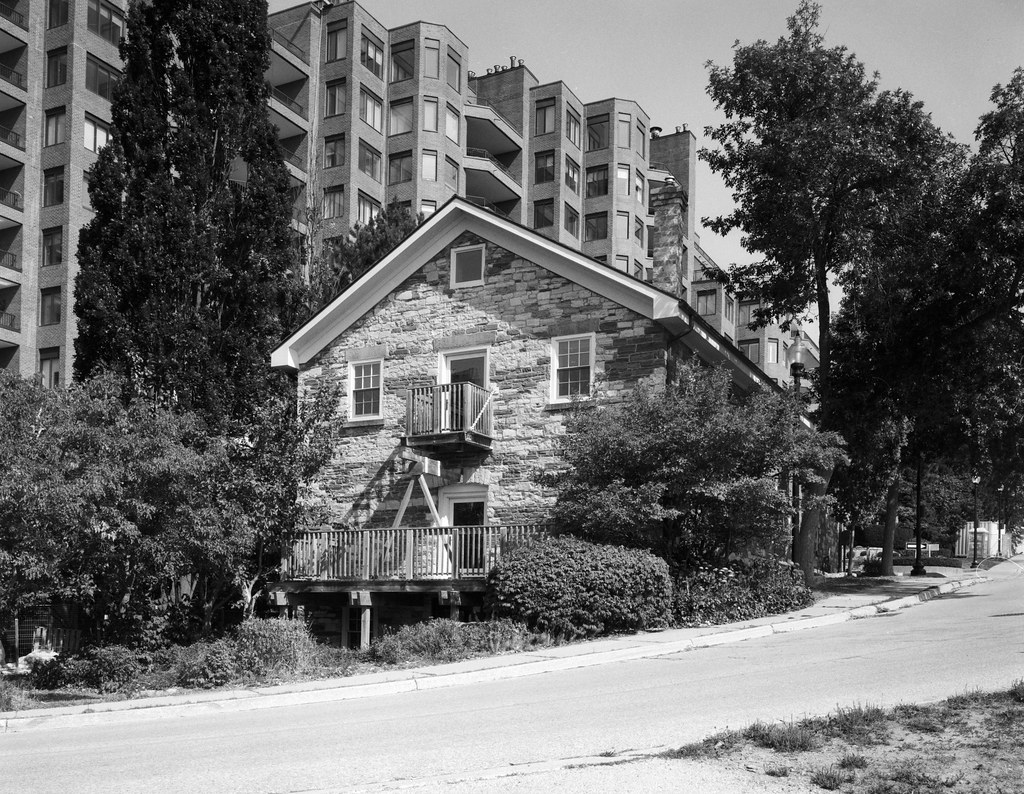While Oakville never reached the level of trade that flowed in and out of the ports at Toronto, Kingston, and Montreal, it proved to be one of the largest ports in Trafalgar Township. And it was the perfect location with easy access to larger ports to the south of the United States and had access to the Welland Canal and St. Lawerence.

Trafalgar Township had two significant exports, the first being agriculture and the second timber. And Oakville was in the perfect position to support this resource economy. And these two complimented each other; as the wood was felled, it not only provided for building up the area and helped feed the shipbuilding industry. It also cleared land for use as farming. And the ships built at Oakville could carry timber and grain exports to other Upper Canada Ports but then onto larger vessels across England. Canadian pine and oak often found themselves in the shipyards of the Royal Navy. And Canadian grains supplied flour for the armed services. Barrels were also produced to help the sugar trade from the Caribbean. Throughout the first two decades of the 19th Century, Canadian wheat was imported in large quantities to England to help support the war effort against Revolutionary and Napoleonic France. The British Army and Royal Navy had many mouths to feed, and domestic production could not keep up Canadian growers could not ship out wheat fast enough and enjoyed favoured status and no import tariffs on their products. That ended in 1820 when to rebuild their domestic wheat trade; heavy taxes made the import of Canadian wheat an unprofitable venture. Two events would reopen the Canadian wheat boom, the Potato Famine in Ireland and the Crimean War. And the Trafalgar Township was waiting, and so were wheat merchants in Oakville. One such partnership, William Romain and his brother-in-law, Peter MacDougald, established a granary along Oakville Harbour in 1855. Unlike the others constructed of wood, they invested in a stone building. But the new wheat boom did not last long, and when the war ended and the famine resolved, the Corn Laws were reintroduced, and the sale of Wheat to England again became unprofitable. And the end of the wheat trade proved a massive loss to Oakville. The warehouses could still be used for the more minor trade activities on the harbour. One of the significant imports to the Oakville harbour was coal; with no domestic source, massive coal piles could be found along the edges. But even those ended by the middle of the 20th Century. The wooden warehouses would fall one by one; one was saved and transformed into the first section of the Oakville Club. While the exact history of the Romain and MacDougald is unknown, it is fully renovated as a commercial space today.
Of all the buildings I photographed on this project, the old stone granary is among the easiest. With a good location, many sight lines, and excellent sun angles, I could measure against some of the surrounding bushes and then underexpose by a stop. While my original thought had been to use a longer lens from across the harbour, even my 210mm wasn’t long enough, so I got in close with my 125mm and some front rise and nailed it.